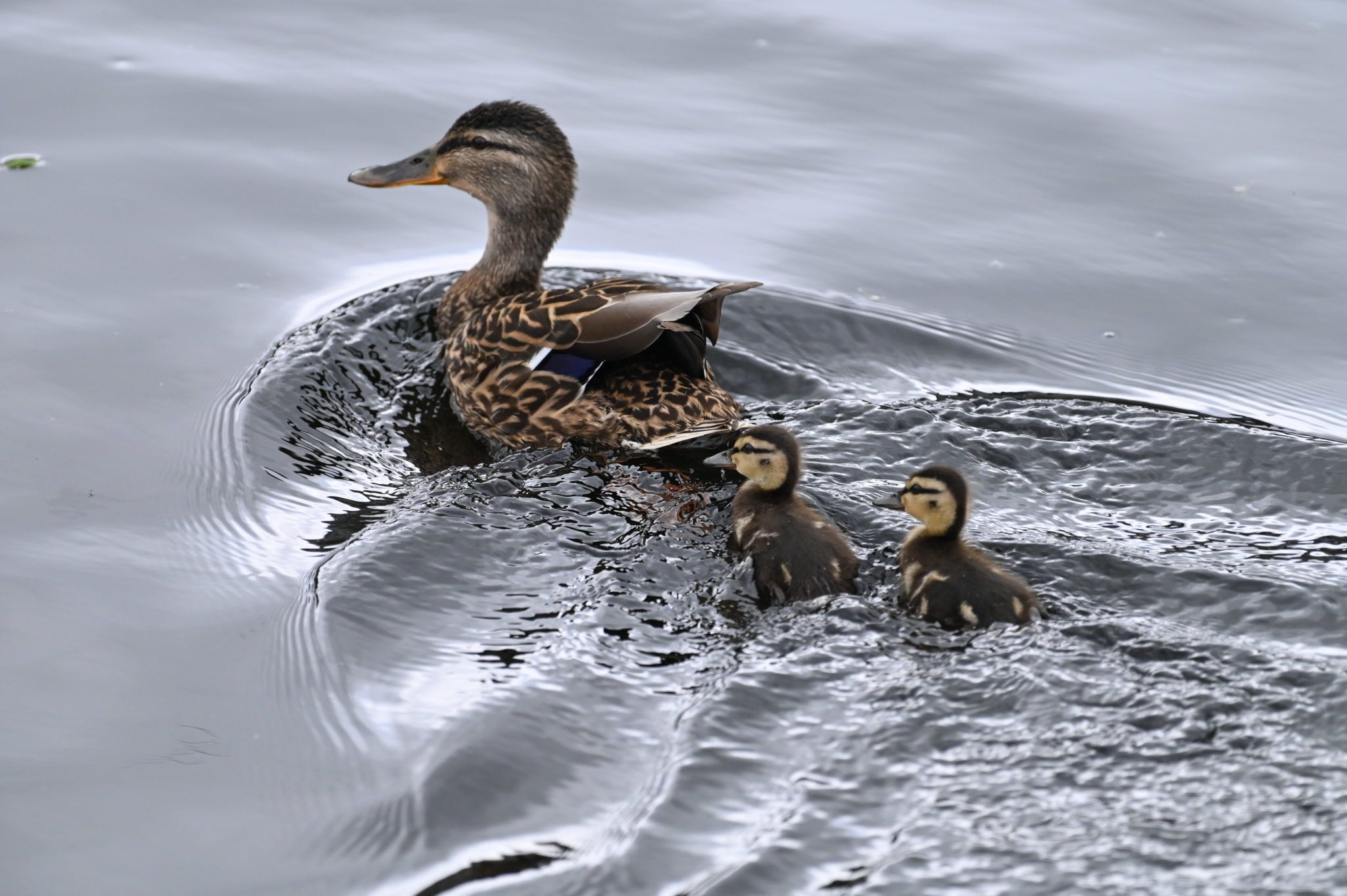BY ANN HAIGH
DUCKS are a delight for everyone, from seasoned birdwatchers to beginners. There are around 23 species of duck regularly found in Ireland, though not all are common in West Cork.
Many duck species, such as mallard and teal, reside here year-round, breeding and thriving in the local environment. Adding to these, in winter, many species of resident ducks are joined by additional numbers of their species migrating southward for milder weather and others, like wigeon, arrive solely for the winter months.
A fascinating exception is the Garganey duck, which winters in Africa and India and moves north in the spring and summer to breed. Occasionally, a Garganey may be spotted passing through West Cork. In general, the most frequently encountered ducks in West Cork include mallard, shelduck, tufted duck, wigeon and teal. Before diving deeper, let’s explore what makes these ducks so captivating.
Duck details
Ducks belong to the waterfowl family Anatidae, which also includes geese and swans. Ducks, however, are generally smaller and have shorter necks than their relatives. It varies between species but they will generally live an average five to 10 years in the wild.
They are broadly divided into two groups: dabbling ducks, such as the mallard, and diving ducks, such as the tufted duck. There are further subdivisions, including sawbills, such as the red-breasted merganser and goosander, and sea ducks, such as the eider. As aquatic birds, ducks can be found in freshwater and seawater environments.
Ducks are a dabbling
Dabbling ducks feed by grazing on land or upending on the surface of the water without fully submerging. They are most frequently found in shallow wetlands and marshes. Diving ducks live on open water in lakes and estuaries and they feed by diving below the water’s surface.
Adaptations
Ducks are adapted to life in the water, and it’s not just their webbed feet. Ducks, like all waterfowl, have more feather coverage and layers to trap air for insulation, and also have extensive down to keep warm. They possess a unique organ called the uropygial gland, found at the base of the tail. This gland secretes a special oil that provides waterproofing. If you observe waterbirds closely, you will see them ‘squeezing’ the gland with their beaks and preening oil into their feathers. This oil is also antibacterial. Additionally, ducks’ eyes are adapted to adjust quickly. They have extra muscles to change the shape of the lens, enabling them to see clearly under and above water.
 A female mallard with her ducklings paddling to keep up. (Photos: Nick Haigh)
A female mallard with her ducklings paddling to keep up. (Photos: Nick Haigh)
More about mallard
When people think of ducks in Ireland, they usually envision the mallard. As the second-largest duck in Ireland, mallard are also the most widespread species, inhabiting rivers, lakes, estuaries and coastal waters. Their numbers increase in winter with additional birds arriving from Iceland and mainland Europe.
Mallard are dabbling ducks and opportunistic omnivores, frequently upending to reach food beneath the water’s surface. They also graze on vegetation on land. While they mostly eat plant material, their diet also includes small fish, molluscs, crustaceans, grain and stubble.
Mallards are typically one of the first duck species to breed, with ducklings appearing as early as March. They are ground-nesters, with females laying up to 12 eggs in a nest lined with down plucked from their undercoat. Within a day of hatching, they can usually run, swim and find food for themselves, although they still rely on their mother for protection.
Keep an eye out
The male (drake) mallard is much more colourful than the female, with a greenish-yellow bill, dark green iridescent head, white neck ring, purple-brown breast and grey body. The female, like the male, has a broad blue wing-bar (known as a speculum) that is edged in black and white but is otherwise mottled brown all over. A defining feature of the mallard duck is the two central feathers in their tail that curl back on themselves.
Studies show mallard sleep with one eye open, alternating which side of their brain they rest. This allows them to remain vigilant for predators through a process known as unihemispheric slow-wave sleep. Other bird species, as well as whales and dolphins, also use this method.
 Tufted ducks, beautiful birds, are one of our resident diving ducks. Seen here on Dunmanway Lake.
Tufted ducks, beautiful birds, are one of our resident diving ducks. Seen here on Dunmanway Lake.
Feed the ducks?
Feeding wildlife is controversial but can help to engage people with nature. While bread is a common choice, it lacks essential nutrients and can fill ducks without providing proper sustenance. Most experts agree that small quantities of non-mouldy bread are safe, but moderation is key. Better alternatives include porridge oats, defrosted frozen peas and bird seed.
Top spots for ducks
Rivers such as the Ilen, Argideen, and Bandon are great waterways to watch ducks swim by around West Cork. If you want to take special notice and try birdwatching, areas such as The Gearagh, Clonakilty Bay, Clogheen Marsh, Lough Cluhir and Squince, the mudflats at Myross and Rineen Woods, Kilkerran Lake and the lake on Cape Clear are great to visit.
Unfortunately, many duck species now have Red or Amber conservation status, indicating numbers are in decline. This is particularly concerning for species like pochard, whose wintering population has declined by 77% in recent years, and even mallard, which have declined by 41%. Supporting the conservation efforts of BirdWatch Ireland, volunteering or participating in citizen science initiatives such as bird monitoring are great ways to help.







